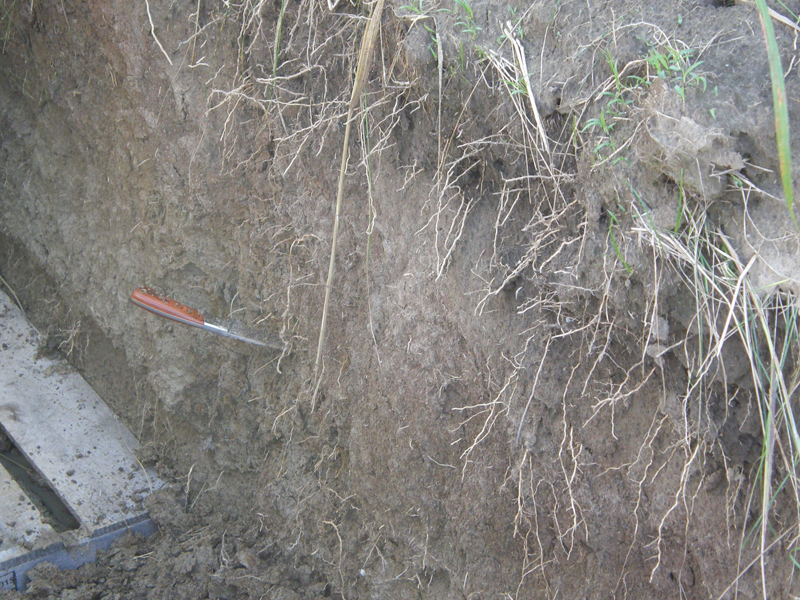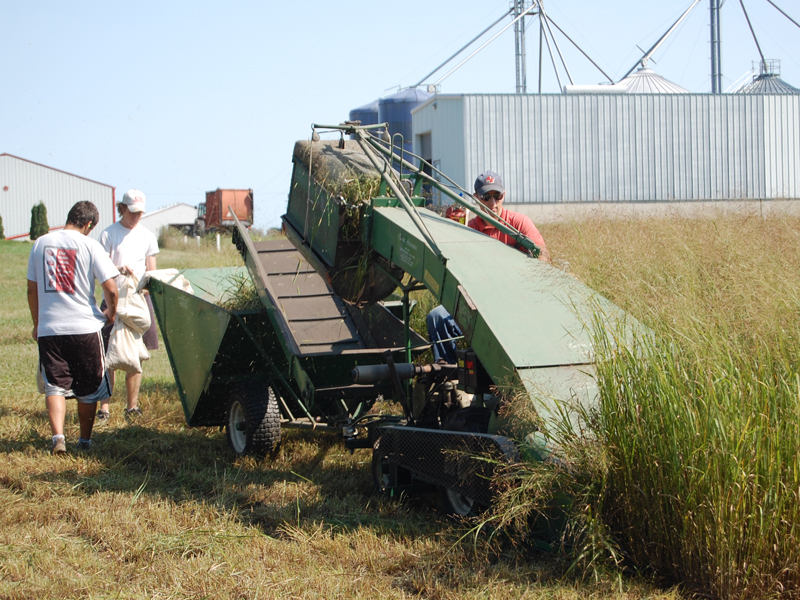Production Agriculture

Farmers make a lot of decisions. One of the most important is how much fertilizer to apply to their crops, and when to apply it. Applying more than necessary or at the wrong time can waste resources, impact the environment, and cut into narrow profits.


What’s a responsible farmer to do? Manure injection is an important soil management practice that reduces the chance of manure runoff. But recent studies by Carol Adair and colleagues at the University of Vermont show manure injection can increase the release of harmful greenhouse gases.

Leftovers can be quite valuable. For instance, when soybean seed is crushed and the oil extracted, what’s left is called soybean meal. You’ll want to save this leftover.

Soil characteristics like organic matter content and moisture play a vital role in helping plants flourish. It turns out that soil temperature is just as important. Every plant needs a certain soil temperature to thrive. If the temperature changes too quickly, plants won’t do well. Their seeds won’t germinate or their roots will die.“Most plants are sensitive to extreme changes in soil temperature,” said Samuel Haruna, a researcher at Middle Tennessee State University. “You don’t want it to change too quickly because the plants can’t cope with it.”

On the steep farming slopes of China, Bozhi Wu and his research associates are finding ways to improve economic and environmental stability.

Manure is a reality in raising farm animals. Manure can be a useful fertilizer, returning valued nitrogen, phosphorus, and potassium to the soil for plant growth. But manure has problems. Odor offensiveness, gas emissions, nutrient runoff, and possible water pollution are just a few.

Kidney beans, like most other beans, are a nutritional powerhouse. They are packed with complex carbohydrates, protein, iron, and folate. They are also a good source of soluble fiber, which has several health benefits.

Pinto beans are the most common type of bean cultivated in the United States, accounting for more than a third of all edible, dry bean production. Harvesting them, however, has been a complicated ordeal--until now.


